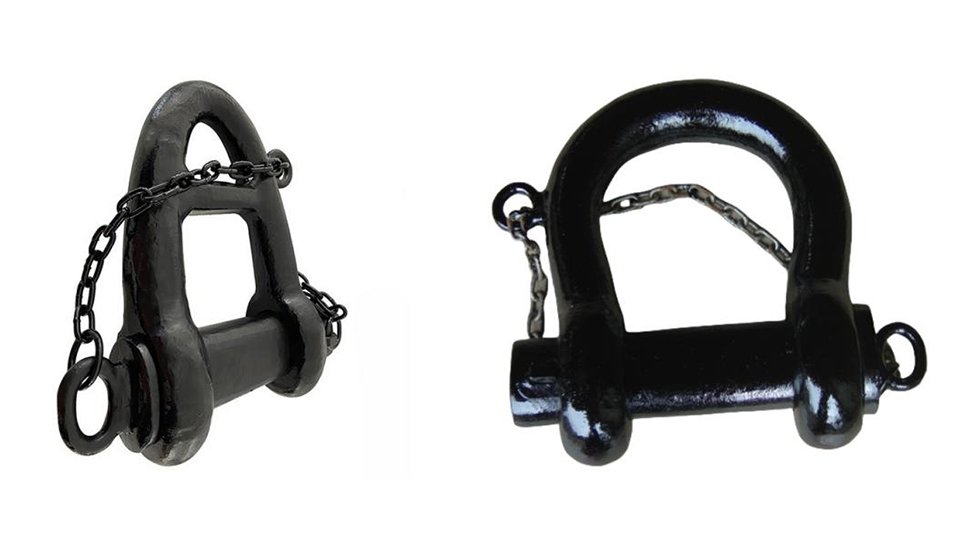Do you Know about the Buoy Join Shackle
Today, we are going to delve into the world of maritime equipment and introduce you to the buoy shackle, a crucial component in the process of mooring ships.
A buoy join shackle serves as a vital link, connecting anchor chains to mooring buoys, thereby enabling ships to be securely anchored in a designated area. These shackles are typically made of high - quality steel, which offers the necessary strength and durability to withstand the harsh marine environment. They come in two common grades, grade 2 and grade 3, with each grade having its own specific mechanical properties suited for different mooring requirements. The nominal diameter of the chains that these shackles can accommodate ranges from 38mm to 90mm, making them versatile enough to be used with a variety of anchor chain sizes commonly found in the shipping industry.

When it Comes to the Types of Mooring Buoy Shackles, There are Two Primary Categories: Type A and Type B.
Type A is the most commonly encountered shackle in mooring operations. It is designed to attach to the common link of the anchor chain. This attachment is usually facilitated by a Kenter shackle. The Kenter shackle acts as an intermediary, providing a reliable and robust connection point between the mooring buoy shackle and the anchor chain. Its design allows for easy assembly and disassembly, which is essential during maintenance, repair, or when reconfiguring the mooring setup.
On the other hand, type B is a bow - type shackle. Unlike type A, it connects to the end link of the anchor chains. The bow - shaped design of this shackle offers certain advantages in terms of load distribution and ease of handling. It can better accommodate the forces exerted on the end of the chain, reducing stress concentrations and minimizing the risk of failure.
One of the key features of these mooring buoy shackles is their specific design to fit the shape and dimensions of a buoy's lifting eye. The lifting eye is the critical point of attachment for the shackle on the buoy. To ensure a secure and stable connection, the shackle has a rounded shape that precisely matches the curvature of the buoy's eye. This perfect fit not only enhances the overall strength of the mooring system but also prevents any unwanted movement or disengagement of the shackle from the buoy, even under the influence of strong waves, currents, or wind forces.
In conclusion, the buoy shackle, whether it is type A or type B, plays an indispensable role in the safe and efficient mooring of ships. Its robust construction, appropriate sizing, and specialized design features make it an essential piece of equipment in the maritime industry.


